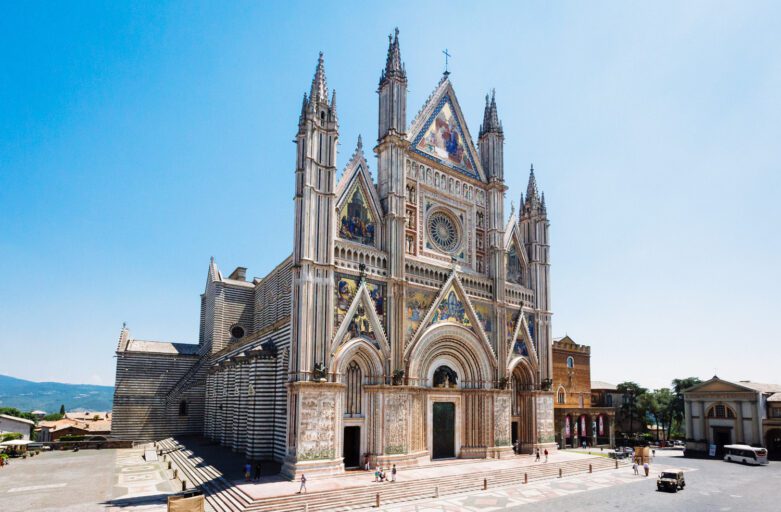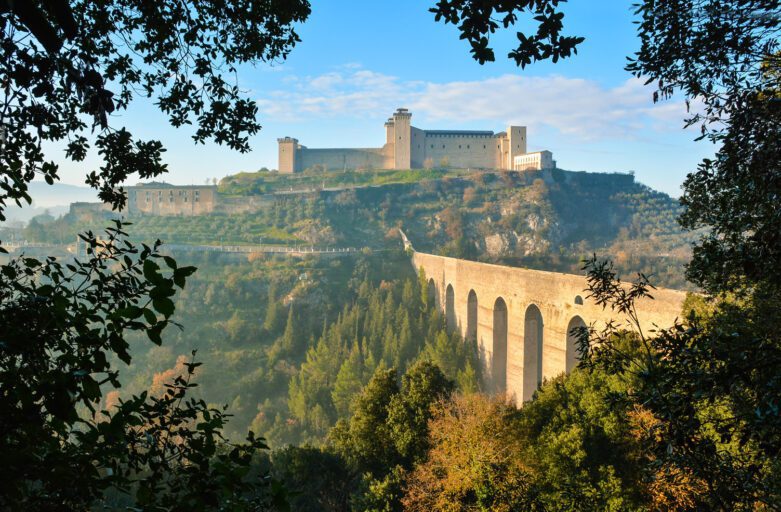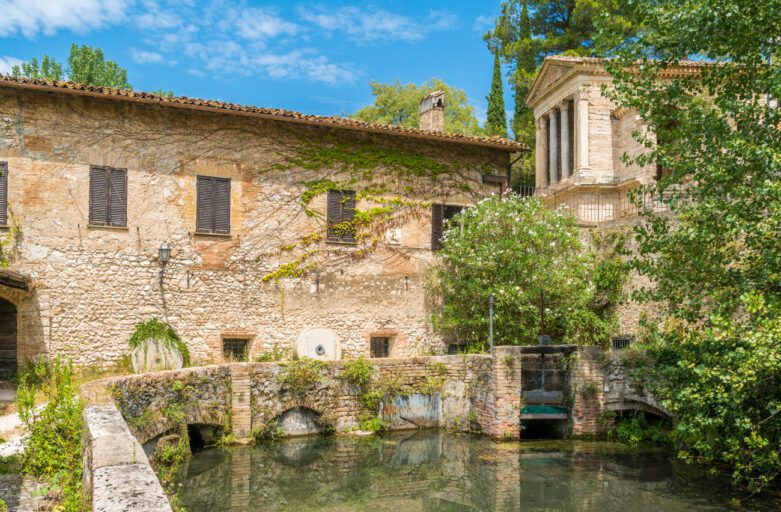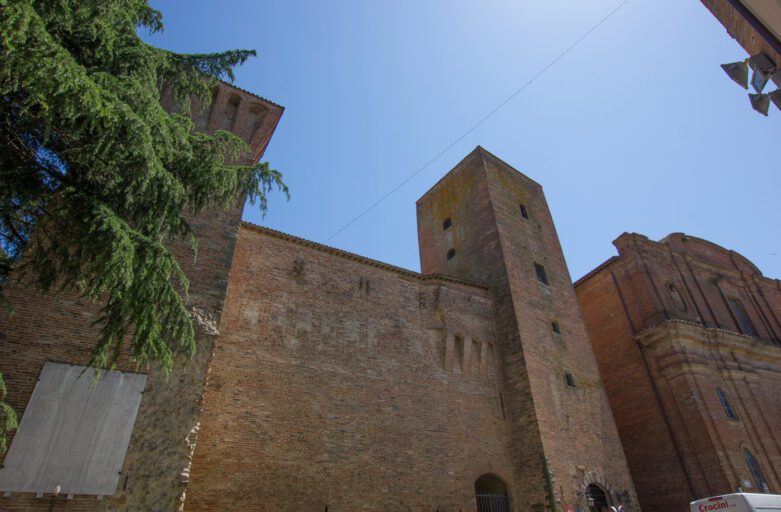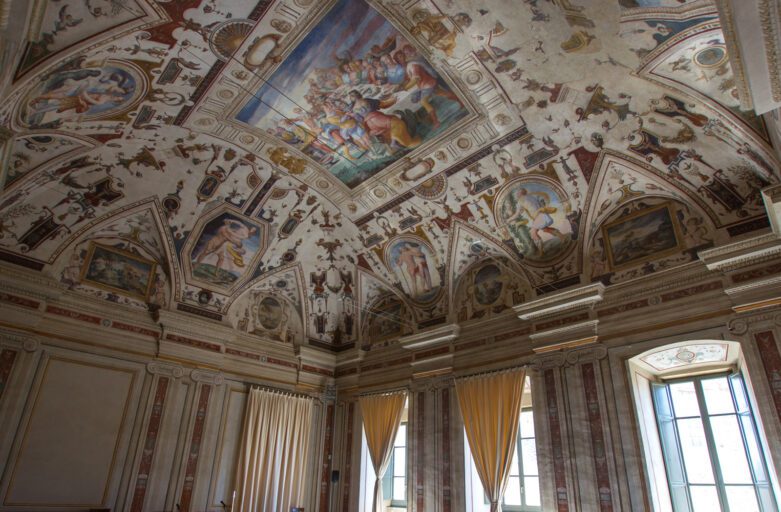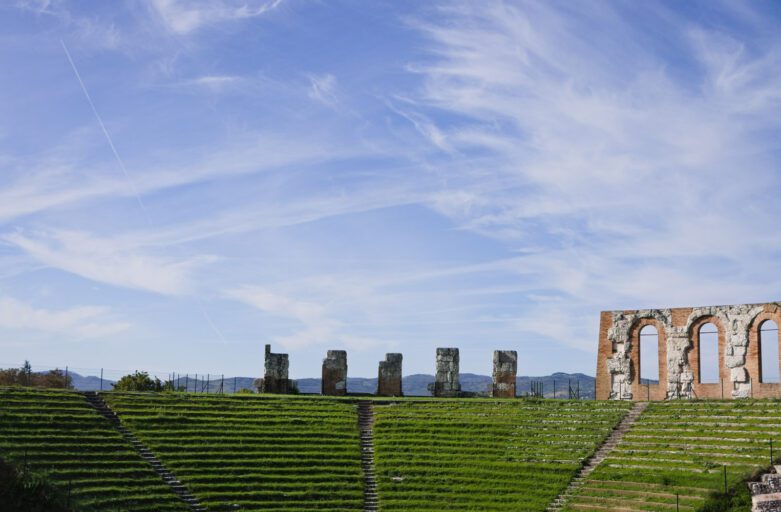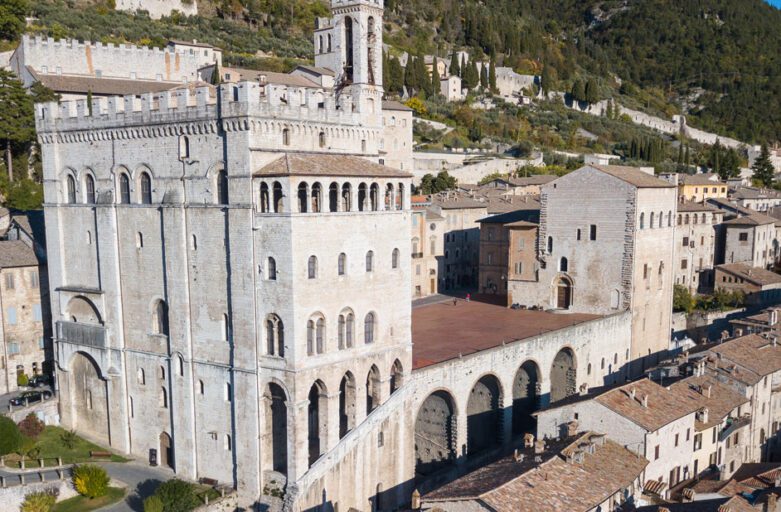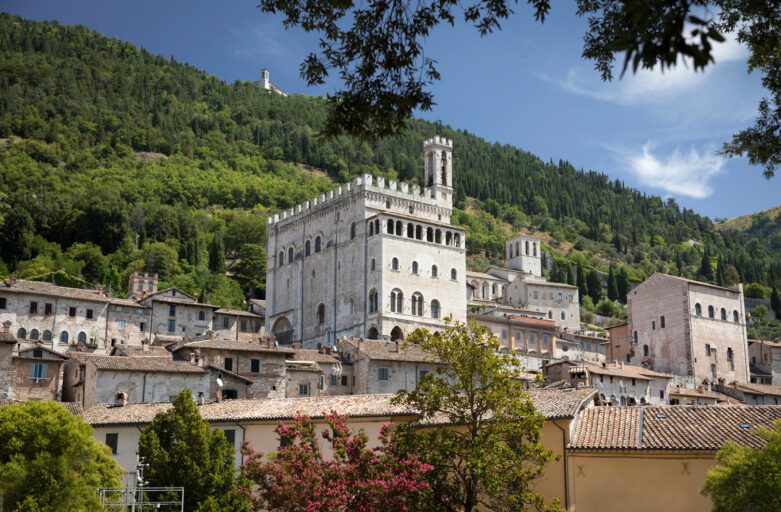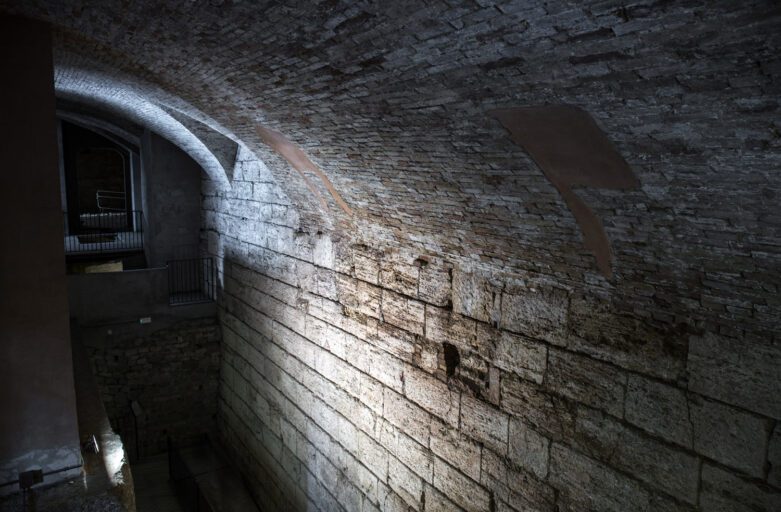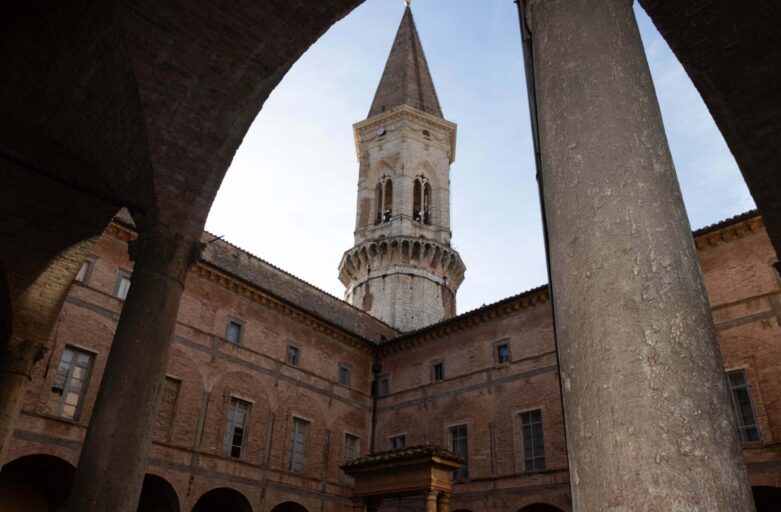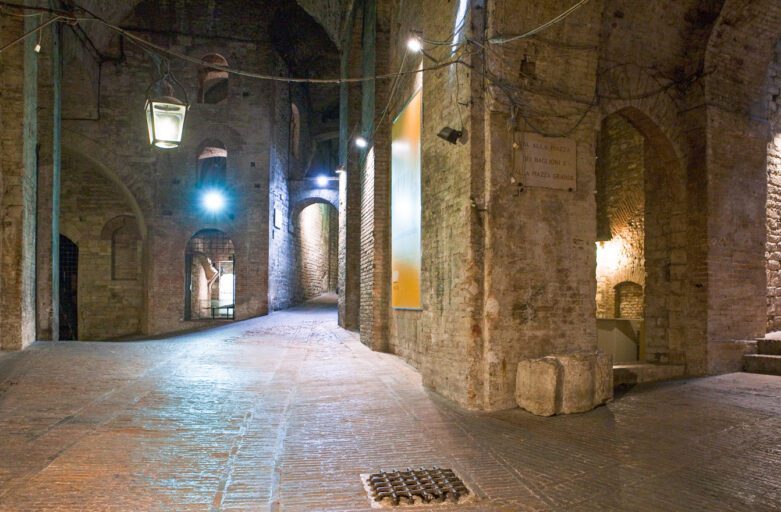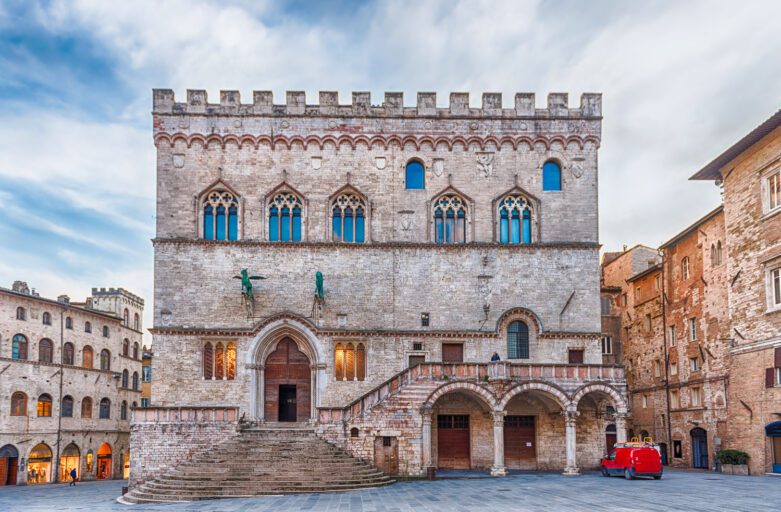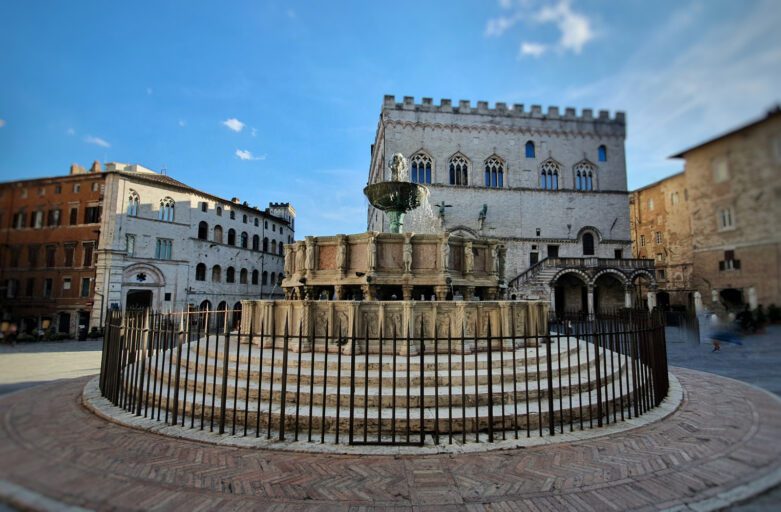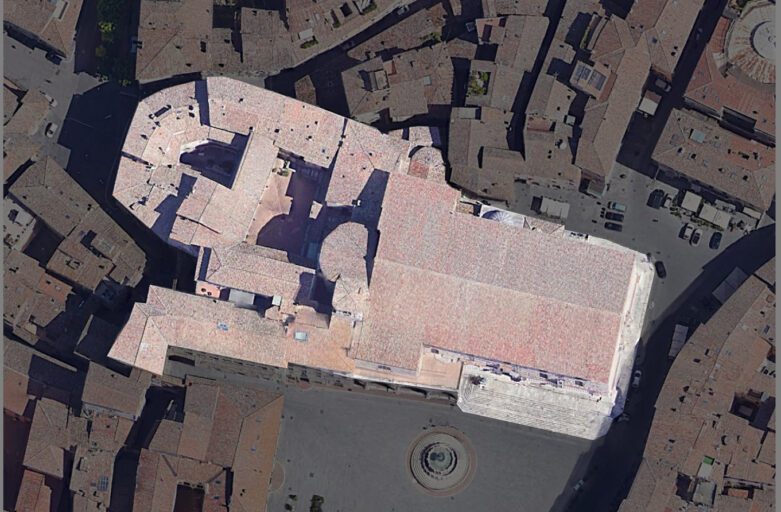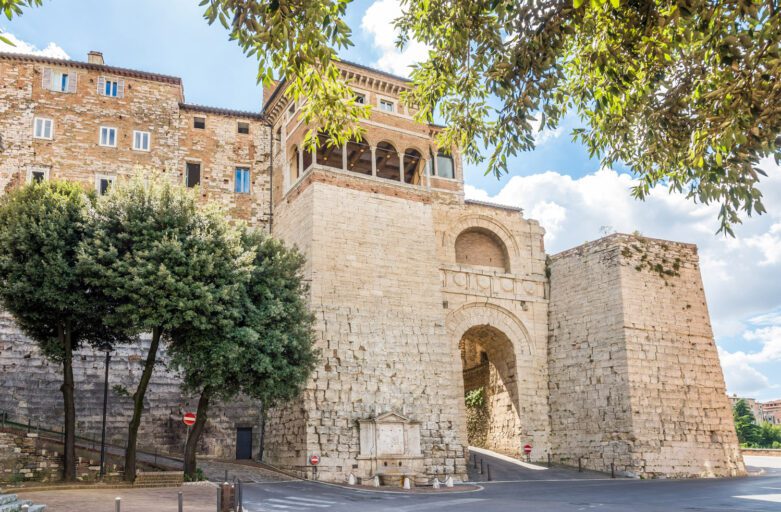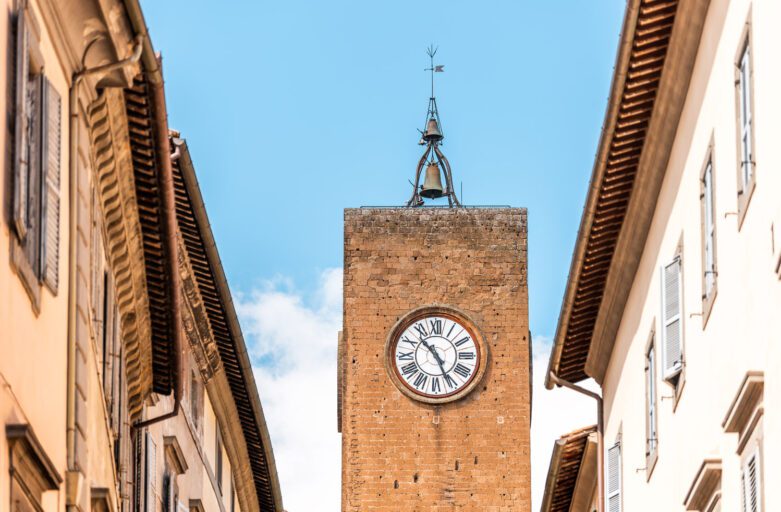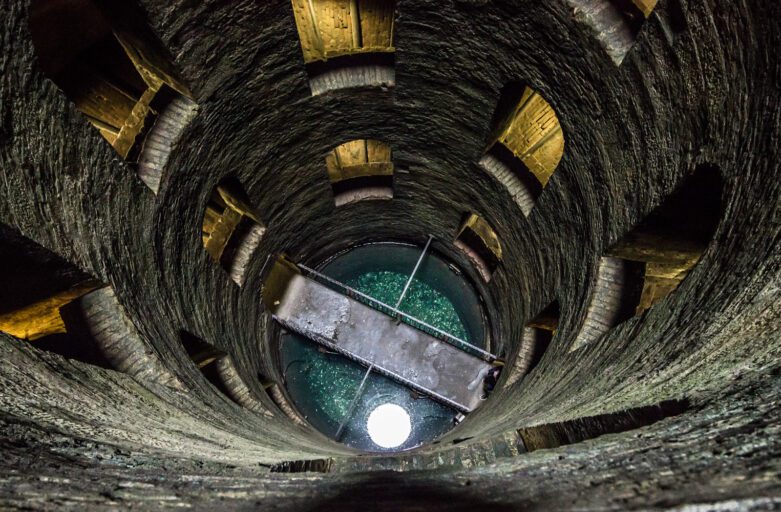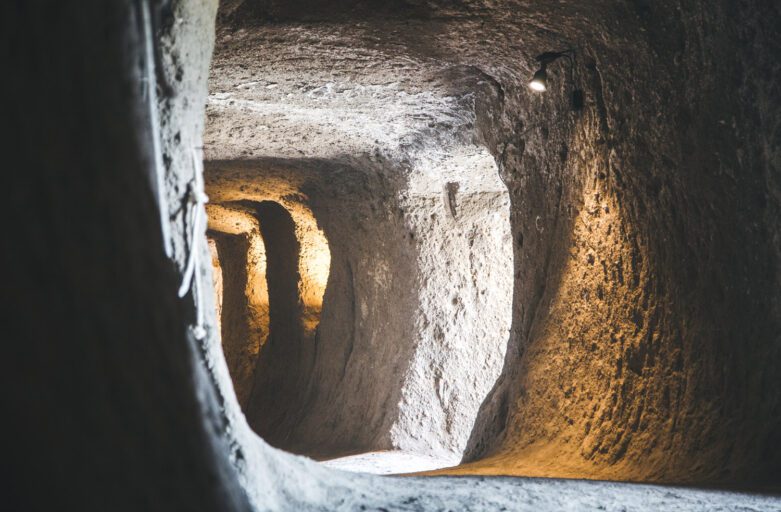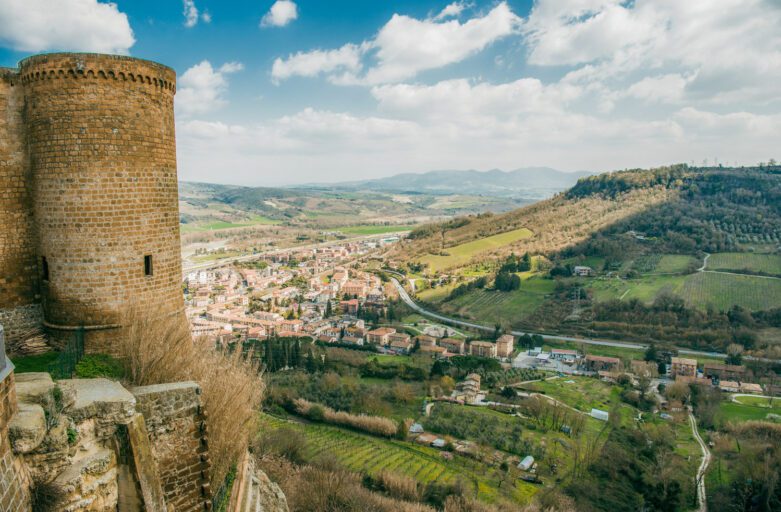The Hollow below the Town
Orvieto lies on top of a huge rock of volcanic origin, made of tuff and pozzolana. Visitors cannot but be charmed by this plateau, called la Rupe (the Cliff), that rises and dominates the valley all around, with its woods and vines. Man did not only colonize this rocky habitat, and add all sorts of buildings, up to the cathedral and towers, but – in all epochs – also dig underground hollows. Tuff has been housing a town below the town for centuries. So, Orvieto can be also visited in the depths of its own ground, and can boast unique underground areas. Some 1,200 artificial underground hollows have been counted; they were dug from the Etruscan Era to the Renaissance, and still later on. Under the town streets, see tunnels and rooms of all kinds: culverts, wells, silos, columbaria (dovecotes), furnaces, Medieval dumps. So, a curious symbiosis can be sensed between the Orvieto people and the rock – human engineering talent, the needs of everyday life, and Nature here mix by making an alliance that still nowadays surprises us.
